Probably the greatest things about training for muscle growth is that there isn’t any must-do exercise. Don’t let anyone inform you in another way. You may construct your legs without back squatting, your chest without benching, and your lats without lat pulldowns. That said, those are all excellent exercises. Nevertheless, not all exercises are created equal. Some actually suck for muscle growth.
In this text, I’ll list the ten most overrated exercises. While I admit some subjectivity is involved, there’s a way to my madness. An incredible muscle-building exercise must create high tension, have high progression potential, feel good, and most of all, the goal muscle have to be the limiting factor. An overrated exercise is solely a preferred movement that falls short in certainly one of those areas. I got here up with ten. Do you agree? If not, let me know within the comments!
1: Front Squat
Oh man, this one is difficult for me. I like the front squat. It’s easily certainly one of my favorite exercises. The issue is that it’s overrated for lower-body muscle growth. Most individuals cannot perform the front squat well enough to make use of it as a muscle-building movement.
Do not feel bad. The front squat is hard to do accurately. It requires exceptional mobility to get into a great front rack position (the cross-arm style is an issue), short femurs to remain upright, and a pain threshold to handle your collar bones getting crushed. If that is not you, the front squat is a poor selection for growing your legs.
The front squat defenders will quickly point to a classic 2009 paper showing that muscle activation in back and front squats is comparable despite subjects handling heavier loads on back squats.¹ I do know because I actually have used this study to defend front squats previously.
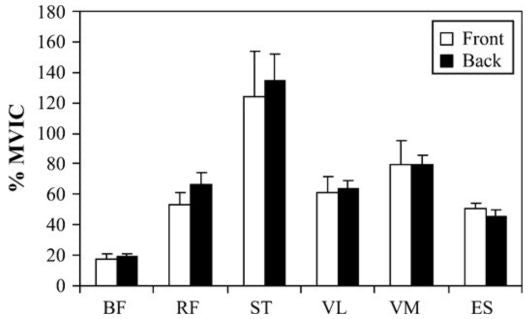
Yes, this study indicates that the front squat is usually a viable muscle-building movement if done accurately. Nevertheless, even considering this, it’s still a limited exercise because most individuals cannot do it accurately. Unless you maintain perfect positioning, the upper back almost at all times fatigues before the legs do. There are too many more stable movements which can be easier to perform that feel higher.
What to do as an alternative: Safety Squat Bar, Back Squat, Leg Press, Hack Squat, Smith Machine Squat, Belt Squat.
2: Upright Row

Next up is the upright row. What’s the upright row good at? It hits the lateral delts and the traps, but it surely’s a second-rate exercise for each muscles.
I get that we wish some variation in our exercise selection. Doing the identical exercises day in and day trip can get boring. I assume that’s the most effective argument for the upright row. Nevertheless, loads of exercises hit the lateral delts and the traps higher. Plus, the upright row is uncomfortable for most individuals, myself included. And after I say uncomfortable, I mean it causes more shoulder pain than a subpar exercise is value. I actually have a rule – do not get hurt on an assistance exercise.
What to do as an alternative: Dumbbell Shrug, Barbell Shrug, Smith Machine Shrug, Dumbbell Side Raise, Cable Side Raise, Machine Side Raise
3: Front Raise

The front raise is one exercise on the list that could be a little bit of a wildcard. It is a nice exercise to grow the front delts. The truth is, it meets the factors of a great muscle-building exercise. The issue is that the front delts get loads of work with shoulder and chest presses. For probably the most part, the front raise is redundant. There isn’t any reason to do them should you already do shoulder presses.
It is not an enormous surprise, but research shows that the dumbbell shoulder press creates more muscle activation within the anterior delt than front raises.²
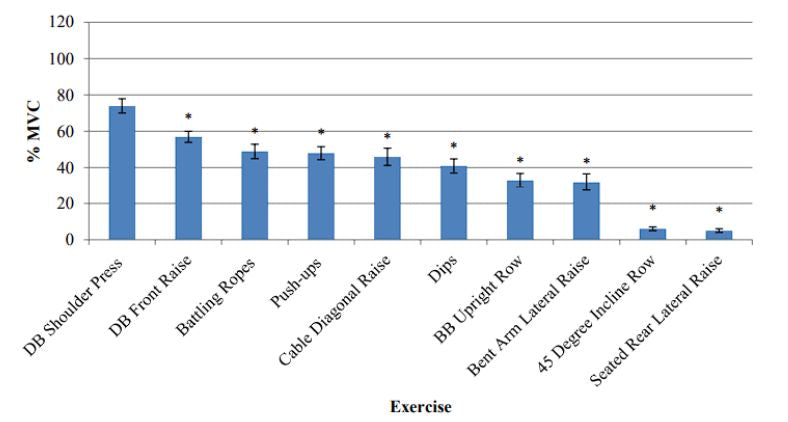
A well-rounded shoulder routine should include a military press for the front delts, a lateral raise for the side delts, and a face pull or rear raise for the posterior delts. Should you want more volume, add a second exercise for the lateral delts. If any shoulder area needs more attention, it is the lateral delts. Plus, growing the side of your delts helps accentuate the coveted v-taper.
What to do as an alternative: Overhead Barbell Press, Seated Barbell Press, Standing Dumbbell Press, Seated Dumbbell Press, Arnold Press
4: Barbell Row
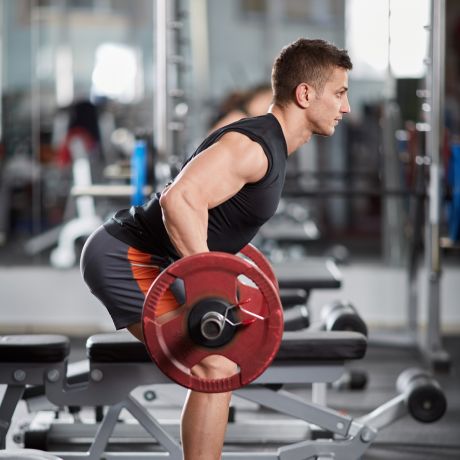
Okay, there is a little bit of controversy here. Yes, many individuals have built huge backs, prioritizing the barbell row. A few of the most effective bodybuilders of all time swear by them. Guys you already know by their first names—Arnold, Dorian, Ronnie—all love the barbell row. I do not care; they’re overrated.
Here’s the deal: I actually have two problems with the barbell row. One, the lower back fatigues before the upper back does, and two, most individuals do it incorrect.
A barbell row is actually an isometric exercise for the lower back, which suggests your lower back has to fight to carry your upper torso in position when you row the burden. From a “functional” standpoint, this may be useful. Nevertheless, it is a limitation for growing your upper back.
Secondly, how often do you see a well-executed barbell row? I’m talking about maintaining a great position, using a full range of motion, no momentum, pulling with the lats, etc. I realize it’s rare for me to see it.
Speaking of Dorian, there’s a classic DVD of him training IFBB pro bodybuilder Mark Dugdale. It’s called “Per week within the Dungeon.” I’m paraphrasing, but within the video, Dorian asks Dugdale how much weight he typically uses for barbell rows, to which he responds by saying around 405 kilos. Dorian laughs and instructs him to drop to 225 to make sure he controls the burden along with his back. My point is that even pro bodybuilders need assistance maintaining good form on barbell rows.
What to do as an alternative: Dumbbell Row, Seal Row, Chest Supported Row, Seated Cable Row
5: Plank
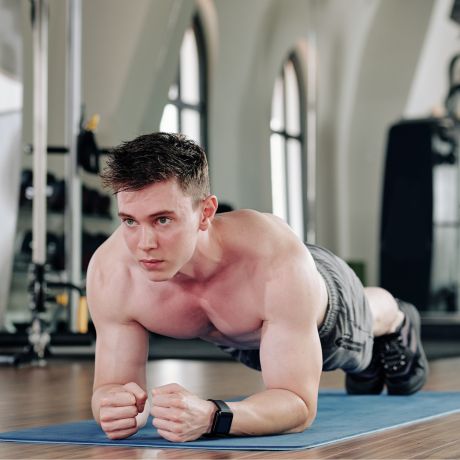
The plank had its day within the sun, but it surely’s ineffective for muscle growth mainly since it doesn’t provide enough challenge for progressive overload. Unlike lifting weights or using machines that supply resistance, the plank relies in your body weight alone. Sure, you’ll be able to add weights to your back, but that is only possible should you train with a partner.
It is also a stationary exercise, so it doesn’t challenge your muscles through a wide selection of motion, a key component of muscle growth. The plank mainly targets endurance and stability.
Since you’ll be able to’t easily make it more difficult over time by adding weight or resistance, there are higher selections than this if you ought to construct a six-pack. If that is your goal, you are higher off doing exercises that challenge your muscles with heavier weights through an prolonged range of motion.
What to do as an alternative: Ab Wheel, Weighted Sit-ups, Decline Sit-ups, Hanging Leg/Knee Raises, Palof Press
6: Landmine T-Bar Row
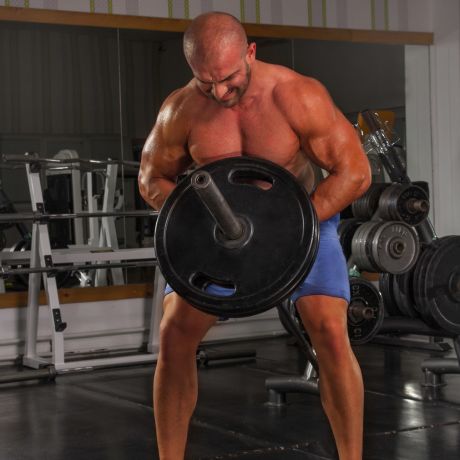
Man, I’m going after the old-school back exercises in this text. I do not like the Landmine T-bar row for mostly the identical reasons because the barbell row. It puts plenty of stress on the lower back, and folks often do it incorrect, making it a poor selection for muscle growth. Nevertheless, the Landmine T-bar row also has a limited range of motion, and instability and balance are issues at heavier loads. Look, T-bar rows are usually not terrible. You possibly can do worse, but higher options for back growth exist.
After I was a young buck, I loved these. The T-bar row had a strong propaganda machine back then. Picture a black-and-white image with one side of a rusty bar shoved right into a corner, 45s filling the open end, and a professional bodybuilder in the midst of cranking out reps. Trust me, T-bar rows look badass in a bodybuilding magazine! I did them for years.
But as I got older and wiser, I noticed you may get all the advantages without the downsides by utilizing a chest-supported row machine. Do chest-supported rows look as hardcore? No, in no way, but they’re simpler, so we’ll let that detail slide.
What to do as an alternative: Dumbbell Row, Seal Row, Chest Supported Row, Meadows Row, Seated Cable Row
7: Dumbbell Kickback

I debated adding kickbacks to the list. I do not hate them. The truth is, I just like the cable variation. That said, the dumbbell variation is overrated.
Probably the most significant issue is the limited time under tension. The dumbbell kickback only challenges the triceps at the highest of the movement. Not less than 50% of the exercise has little tension. More importantly, you’ll be able to’t go heavy as a consequence of the character of the exercise. There’s a limited amount of loading potential. Lastly, it’s hard not to make use of momentum to maneuver the burden should you attempt to go heavy. All of this combined equals an ineffective muscle-building exercise.
The cable kickback is a solid exercise. So, should you like dumbbell kickbacks and think I’m an idiot for including them on this list, try the cable variation before sending the hate mail. The cable kickback still has some limitations, however the cable variation challenges the triceps for a much greater range of motion.
Before we move on, I would like to indicate that latest research suggests triceps growth is substantially greater following training performed within the overhead versus neutral arm position.³ What does this mean? You need to include not less than one exercise together with your elbow in an overhead position to get probably the most out of your triceps training.
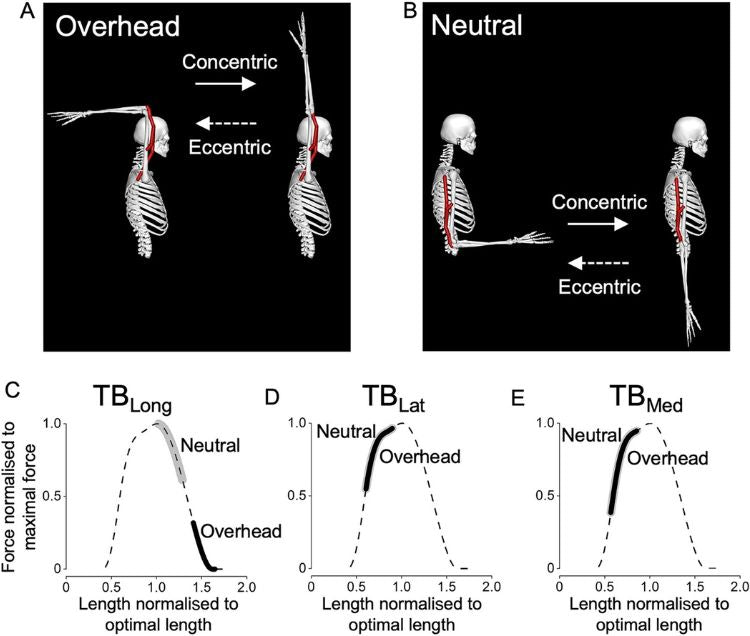
What to do as an alternative: Cable Kickback, Cable Triceps Pressdown, Overhead Cable Triceps Extension, Overhead Dumbbell Triceps Extension, Lying Triceps Extension, Dips
8: Plate Press
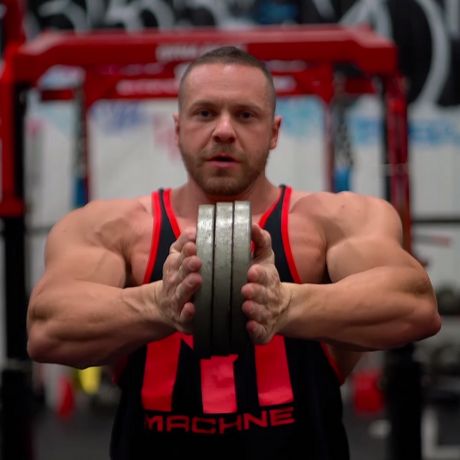
Okay, the gloves are off. I admit a few of the exercises on this list are usually not as bad as I’m making them out to be. Nevertheless, the plate press is terrible. It is a joke, and it sucks for muscle growth.
At this point, I ponder if people still do them on social media only for clicks. That must be it.
Should you are unfamiliar with it, a plate press involves holding a weight plate (or several smaller ones) with each hands and pressing it away from the body. The thought is that it really works your inner chest. Nevertheless, a laundry list of problems makes this movement inferior.
For one, there’s limited overload potential—probably the most weight you need to use is 45 kilos. Two, it has a short range of motion. Three, it doesn’t stretch the pecs, and 4, it feels awkward.
What to do as an alternative: Bench Press, Incline Bench Press, Dumbbell Bench Press, Machine Chest Press, Cable Crossover, Pec Deck, Pushups, Dips, every other chest exercise you’ll be able to consider.
9: Dumbbell Chest Fly
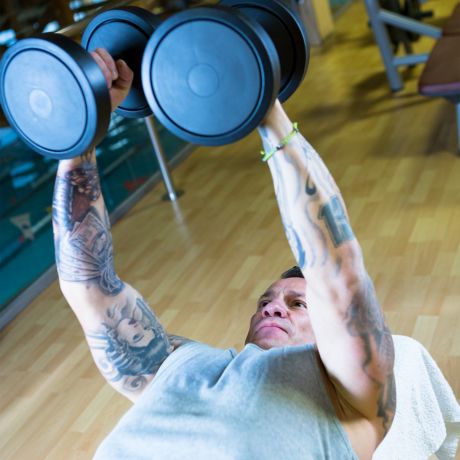
All exercises exist on a continuum from best to worst. While some movements are clearly on the worst side, some, just like the dumbbell chest fly, fall within the middle. The dumbbell fly is one other classic bodybuilding exercise that falls short in comparison with other options. Its biggest downfall is that cables and machines exist.
A 2012 study comparing EMG data on various chest exercises found each the peck deck machine and cable crossover exercises created more chest activation than dumbbell flies.⁴

There’s nothing inherently incorrect with a dumbbell fly apart from cables and machines putting tension on the muscle through a greater range of motion. So, should you include one chest fly variation in your program, you might be higher off picking a cable or machine than using dumbbells.
What to do as an alternative: Cable Crossover, Pec Deck, Pushups, Dips, Bench Press, Incline Bench Press, Dumbbell Bench Press, Machine Chest Press
10: Above the Knee Rack Pull
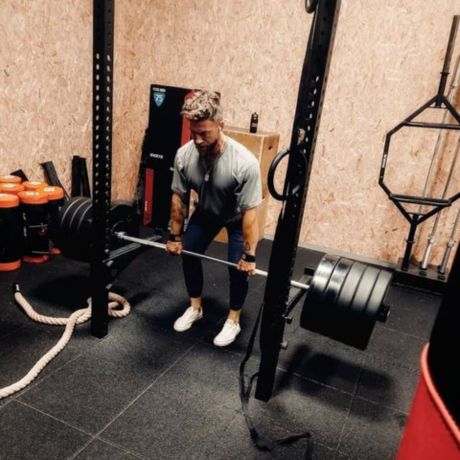
Last but not least: above-the-knee rack pulls. Luckily, I do not see these done as much anymore. Apart from being a lousy exercise, rack pulls are harsh on gym equipment, too.
Here is the deal. The above-the-knee rack pull sucks for muscle growth mainly since it has a short range of motion. You may load a ton of weight, but your muscles aren’t working through their full range if you only move the bar a brief distance. Muscle growth happens best if you challenge your muscles across their entire range of motion.
Plus, you’ve to take into consideration risk versus reward. The rack pull also poses a higher risk of injury. Because you’re lifting heavier weight than you may handle on an everyday deadlift, there’s more strain in your lower back and spine. This strain can increase the likelihood of back pain or much more severe injuries like herniated discs. All for what? There are too many higher exercises you’ll be able to select from.
What to do as an alternative: Block Deadlifts, Paused Deadlifts, Romanian Deadlifts, Stiff Leg Deadlifts, Good Mornings, Weighted Back Extensions
Three Exercises So Bad They Didn’t Make The List
Although this can be a list of probably the most overrated exercises for muscle growth, just a few are so bad that I could not include them.
1: Zercher Squats
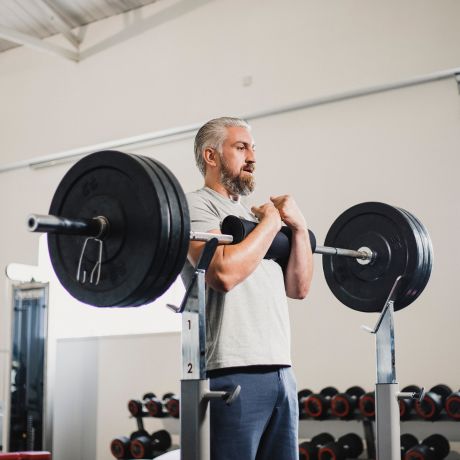
For muscle growth, the Zercher squat is all the things incorrect with front squats, but to a greater extent. Zercher squats are terrible for muscle growth mainly because they hurt like hell and limit the quantity of weight you’ll be able to lift. For the reason that barbell goes within the crook of the elbows, it will possibly dig into your skin and cause discomfort, which limits (and distracts) you from using heavy weights. Moreover, the barbell’s position could make it difficult to keep up proper form, potentially increasing the risk of injury.
2: Standing Dumbbell Internal and External Rotations
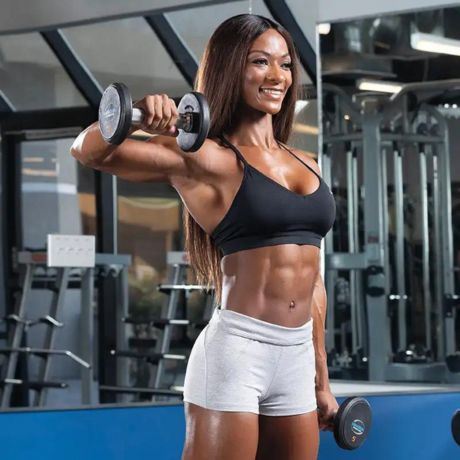
Nobody does these for muscle growth, right? Well, you can be surprised. Standing dumbbell internal and external rotations are among the many worst muscle-building exercises. They do not even stimulate the small shoulder muscles they intend to. One word: gravity. Holding the dumbbells in a hammer curl position and moving the weights out and in, at best, is an isometric biceps exercise. There isn’t any tension on the rotator muscles of the shoulder.
Alternatively, using cables or bands for a similar movements could make for a good shoulder warm-up before bench pressing. Unlike dumbbells, you’ll be able to arrange cables and band internal and external rotations with the stress on the intended muscle.
3: Anything on a Bosu Ball

I hope nobody performs movements on a Bosu ball for muscle growth. It’s 2024. We all know higher now. Exercises performed on a Bosu ball are terrible for muscle growth because they prioritize balance over stability and activation. Balancing on unstable surfaces like a Bosu ball can engage stabilizing muscles greater than doing them on an everyday surface. Still, it reduces the burden or resistance you need to use, limiting the stimulus for muscle growth. For that reason, research shows that training on unstable surfaces is a poor option when the goal is to construct muscle or strength.⁵
Conclusion
Well, there you’ve it—probably the most overrated exercises for muscle growth. If you ought to maximize your time within the gym and make probably the most gains, avoiding these exercises is smart. There are too many higher options to select from. Remember, muscle-building exercises should progress easily over time, create high tension, and the goal muscle have to be the limiting factor. If most of your exercises meet those requirements, you shall be well in your method to a more muscular physique.
References






